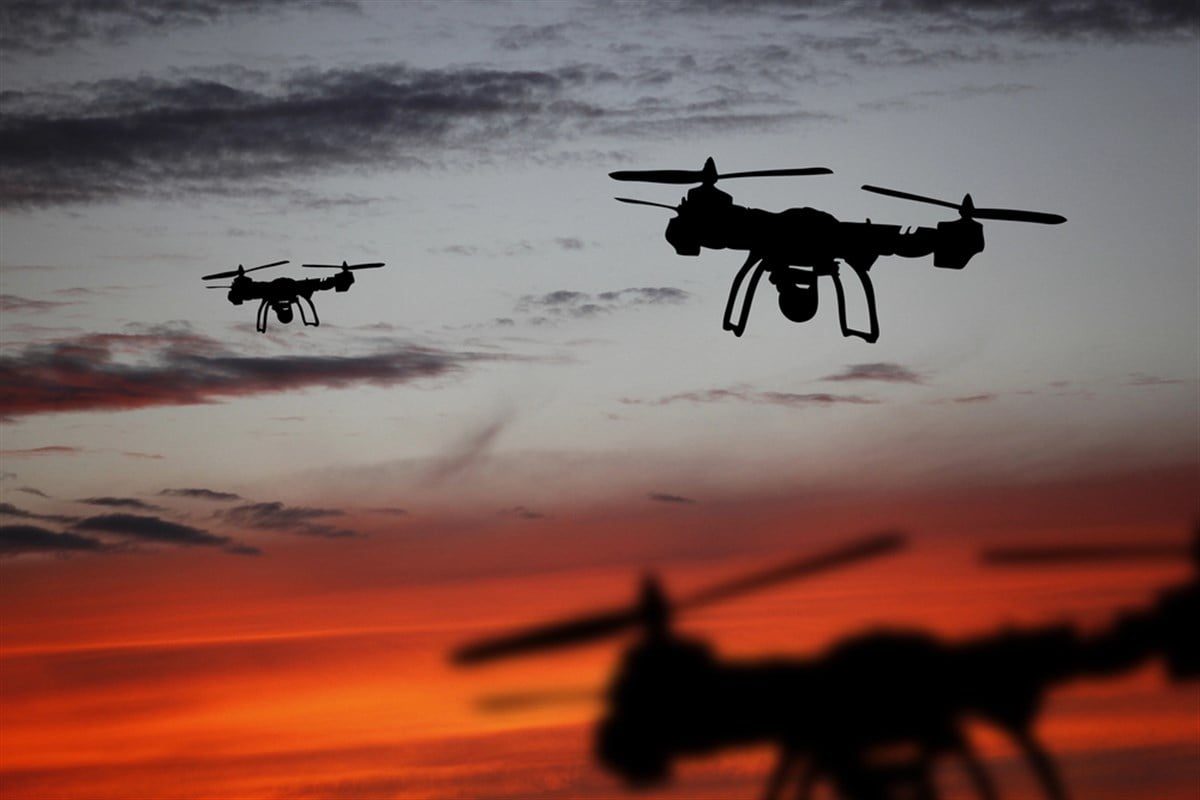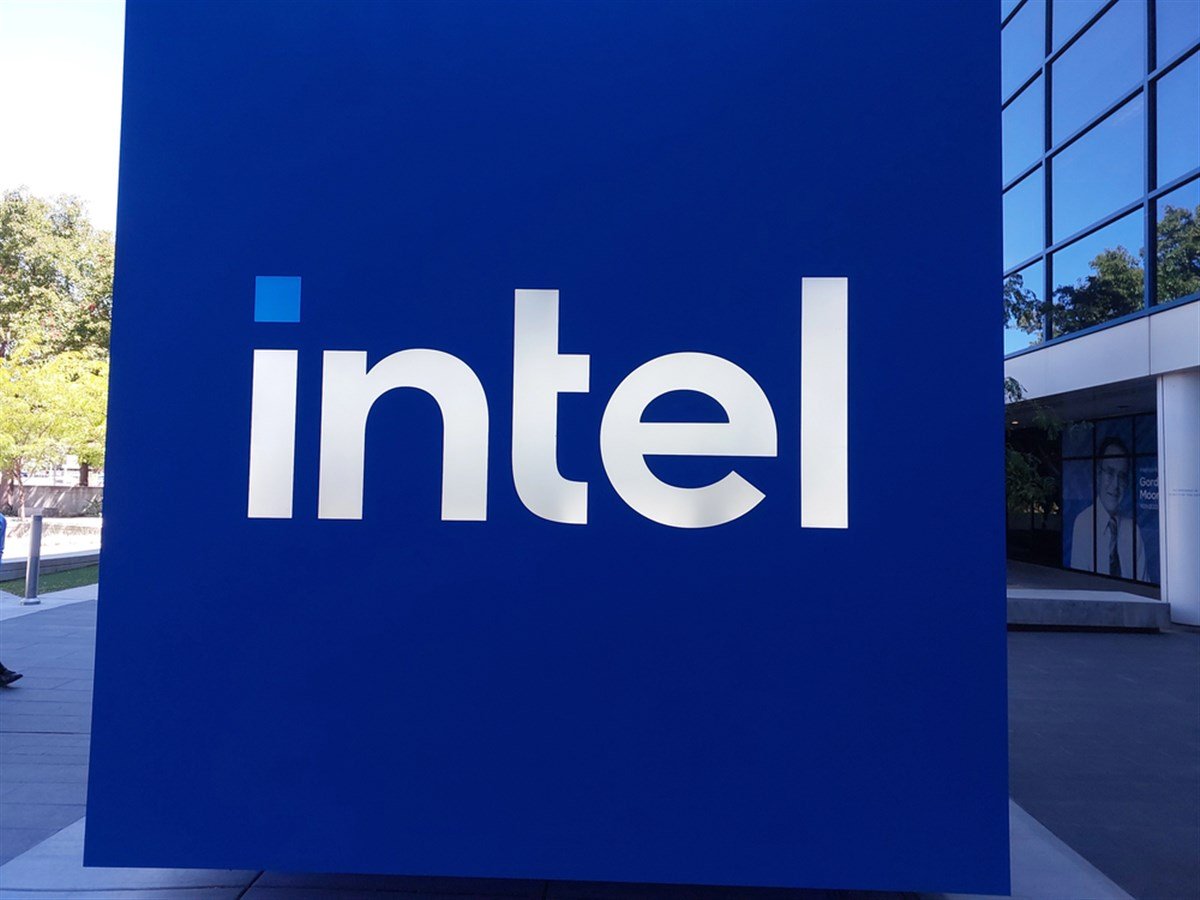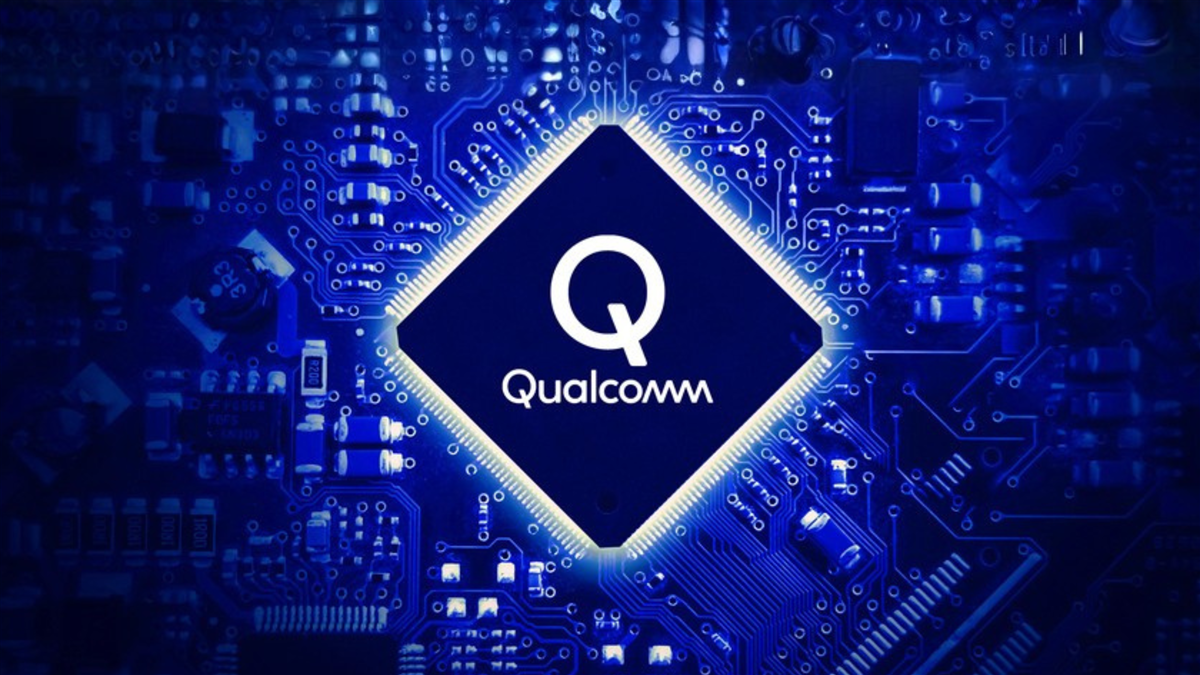The Drone Arms Race: From Battlefield to Balance Sheet

Explosive, triple-digit gains in the stock market often trigger warnings and fears of a speculative bubble. The recent performance of the drone sector (a subset of the aerospace sector), where companies have seen their valuations soar to angelic flight levels, is no exception. While caution is always prudent, investors looking deeper will find that the forces lifting these stocks are not based on hype or speculation.
Instead, they are rooted in a permanent and accelerating structural shift in global military strategy and U.S. industrial policy. This new reality, more akin to a modern arms race in unmanned/crewless systems than a speculative frenzy, has created distinct opportunities for investors across the industry.
From established leaders to high-tech innovators and critical supply chain enablers, the drone sector is capitalizing on a powerful, long-term trend. The most important question here is: Should you?
Battlefield-Proven, Washington-Backed
Two powerful and interconnected forces are driving the structural shift within the drone sector, providing a firm foundation for sustained industry growth through continued technological development.
- The Geopolitical Imperative: Recent global conflicts have been a stark and undeniable proving ground for crewless and autonomous systems. Drones have demonstrated their immense value in intelligence, surveillance, and reconnaissance (ISR), while loitering munitions have redefined the modern battlefield with low-cost, high-precision strike capabilities. This battlefield validation has made crewless system platforms indispensable to U.S. and allied military doctrine, creating a non-negotiable, long-term demand cycle.
- The Policy Mandate: In response, Washington has pivoted decisively. Initiatives like the Pentagon's Unleashing American Drone Dominance strategy are designed to slash red tape, fast-track procurement, and, most critically, onshore the drone manufacturing supply chain. Significant budget allocations and a wave of contract awards back this policy shift. For investors, this government-backed demand is a powerful risk mitigator, ensuring corporate growth is driven by strategic necessity rather than market sentiment.
Leaders, Innovators, and Enablers
This new landscape creates opportunities for various companies, each playing a distinct role. Examining these three key players reveals the different ways investors can gain exposure to this secular trend.
AeroVironment: The Incumbent Leader Cashing In
As the established industry leader, AeroVironment (NASDAQ: AVAV) is leveraging its scale and reputation to secure large, foundational defense programs. This financial strength is underpinned by a massive $1.1 billion funded backlog, which provides exceptional revenue visibility and helps justify its premium valuation.
The $3.1 billion in unfunded backlog is even more telling, which points to a vast pipeline of future opportunities. The company’s recent performance underscores its dominant position, with record first-quarter 2026 revenue of $454.7 million, up 140% year over year.
Furthermore, the successful integration of BlueHalo has significantly expanded AeroVironment’s technological moat into high-growth sectors like space and cyber. This expansion is already bearing fruit, evidenced by the recent $95.9 million U.S. Army contract for its Freedom Eagle (FE-1) counter-drone missile. For investors, these are clear signs that a company is successfully executing its strategy to capture next-generation programs.
Kratos: The Innovator Building Tomorrow's Air Force
Kratos (NASDAQ: KTOS) is the vanguard for next-generation warfare, focusing on high-performance tactical drones and hypersonic systems. Its stock performance is directly tied to its progress in developing the attritable aircraft central to the Pentagon's future strategy.
The company’s powerful 1.2-to-1 book-to-bill ratio over the last twelve months indicates that demand is accelerating faster than current revenue recognition, a bullish signal for future growth.
Reflecting this momentum, Kratos increased its full-year revenue guidance to $1.29-$1.31 billion. Long-term catalysts are also taking shape, with the company securing a prime position on the potential $750 million Poseidon program and forging a strategic partnership with Korea Aerospace Industries for Manned-Unmanned Teaming.
These transformative wins provide a roadmap for future growth, underpinning the stock's strong performance and the Moderate Buy analyst consensus.
Unusual Machines: The Key to a Secure Supply Chain
As an emerging, pure-play specialist in NDAA-compliant drone components, Unusual Machines (NYSEAMERICAN: UMAC) is a direct beneficiary of the government’s onshoring mandate. Recent contract wins have served as a significant catalyst for the stock, providing tangible validation of its business model.
For an emerging company, contracts like the U.S. Army order for 3,500 motors and the record $12.8 million order from prime contractor Strategic Logix are more than just revenue; they are powerful de-risking events that prove real demand exists.
Bolstering this growth narrative is a strong balance sheet. With over $80 million in cash following recent financings and zero debt, Unusual Machines has the capital to rapidly scale production to meet the anticipated surge in follow-on orders. This financial strength supports the company’s high-growth trajectory and the Moderate Buy analyst consensus, which carries an average price target of $19.33, an upside of over 27%.
An Industry in the First Inning
The evidence strongly suggests that the drone sector is in the early stages of a secular, multi-year growth cycle driven by non-negotiable defense priorities. The powerful combination of battlefield necessity and deliberate government policy has created a durable tailwind for the industry. While market volatility is always a factor, the underlying fundamentals are robust.
AeroVironment, Kratos, and Unusual Machines offer investors distinct ways to participate in this long-term growth story, from established leadership and high-tech innovation to the critical domestic supply chain. The data points not to a bubble, but to an industry whose moment has arrived.
Learn more about AVAV


